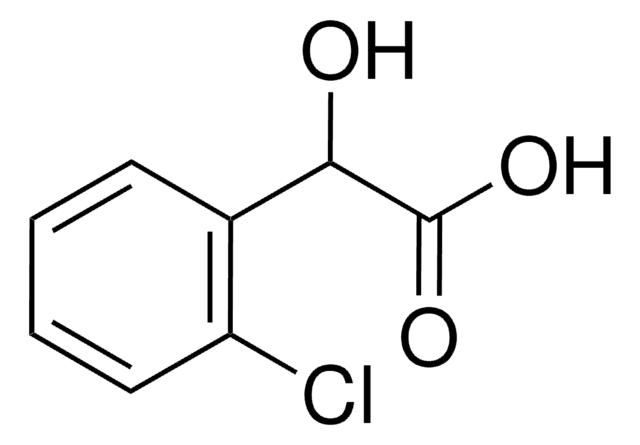570729
Methanol-d4
≥99.8 atom % D, anhydrous
Synonym(s):
Methyl-d3 alcohol d, Tetradeuteromethanol
About This Item
Recommended Products
grade
anhydrous
isotopic purity
≥99.8 atom % D
assay
≥99% (CP)
form
liquid
expl. lim.
5.5-36.5 % (lit.)
technique(s)
NMR: suitable
impurities
<50 ppm water
refractive index
n20/D 1.326 (lit.)
bp
65.4 °C (lit.)
mp
-99 °C (lit.)
density
0.888 g/mL at 25 °C (lit.)
SMILES string
[2H]OC([2H])([2H])[2H]
InChI
1S/CH4O/c1-2/h2H,1H3/i1D3,2D
InChI key
OKKJLVBELUTLKV-MZCSYVLQSA-N
Looking for similar products? Visit Product Comparison Guide
General description
Application
signalword
Danger
Hazard Classifications
Acute Tox. 3 Dermal - Acute Tox. 3 Inhalation - Acute Tox. 3 Oral - Flam. Liq. 2 - STOT SE 1
target_organs
Eyes,Central nervous system
Storage Class
3 - Flammable liquids
wgk_germany
WGK 2
flash_point_f
49.5 °F - closed cup
flash_point_c
9.7 °C - closed cup
Choose from one of the most recent versions:
Already Own This Product?
Find documentation for the products that you have recently purchased in the Document Library.
Customers Also Viewed
Our team of scientists has experience in all areas of research including Life Science, Material Science, Chemical Synthesis, Chromatography, Analytical and many others.
Contact Technical Service







